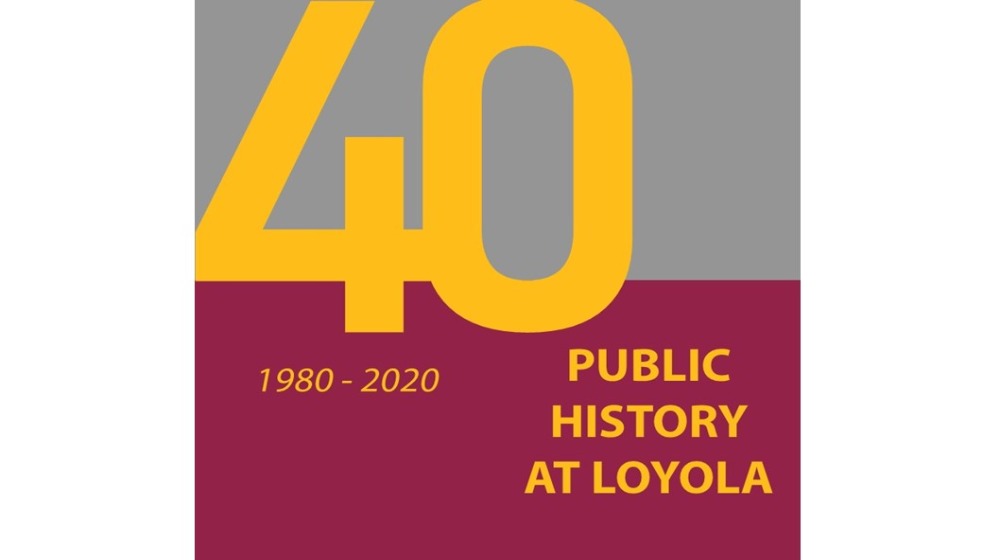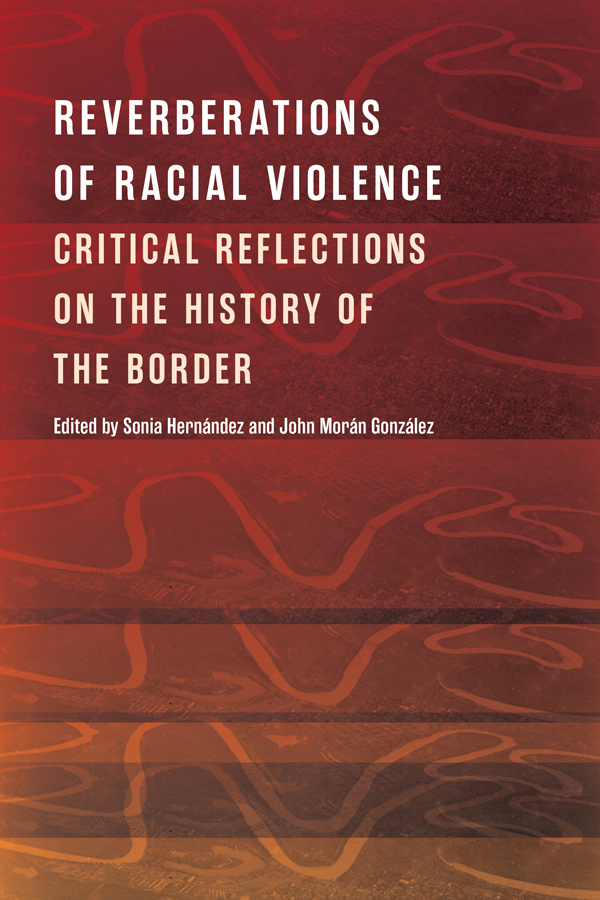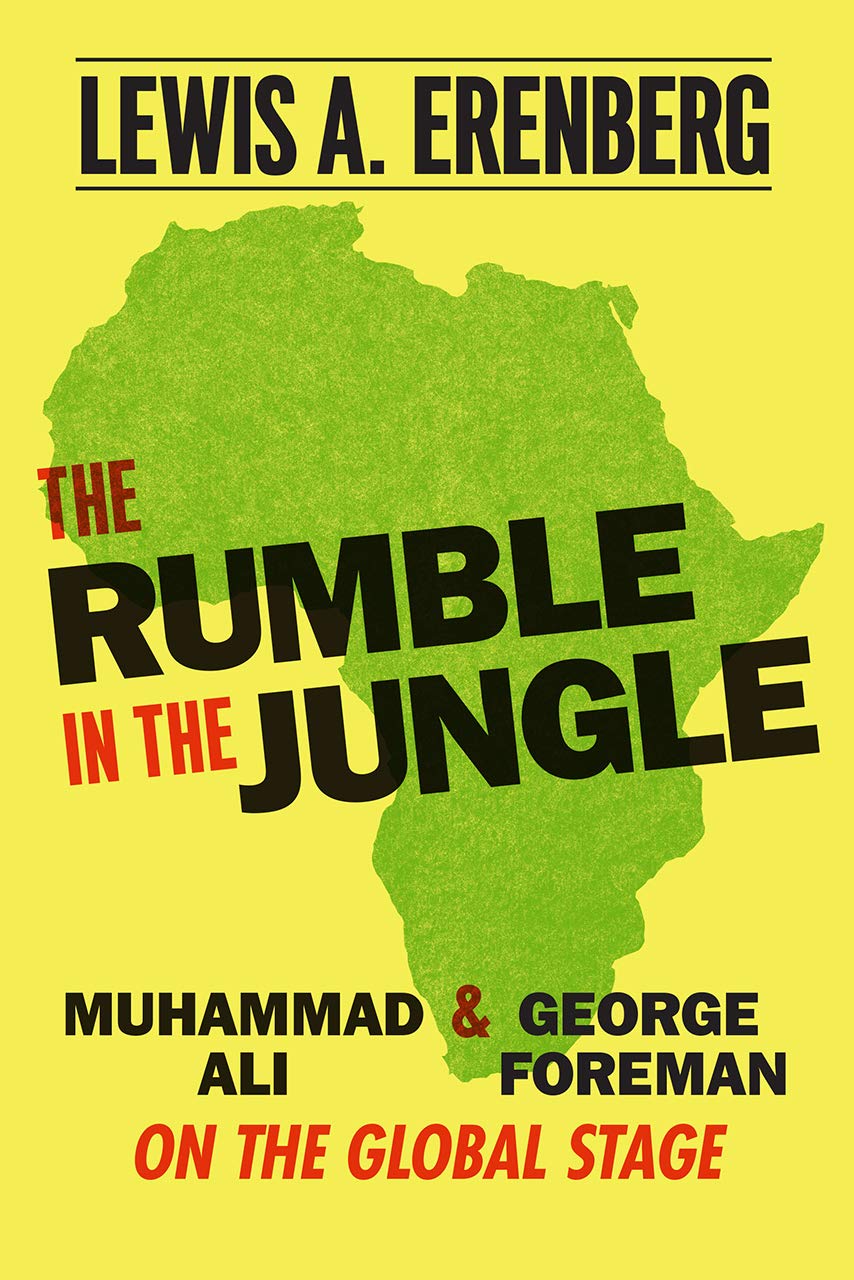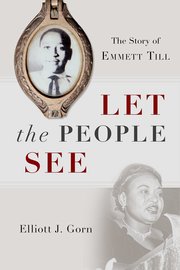archive
I am delighted to announce some good news: this month, the History Department’s Public History Program received the prestigious 2021 Founders Award from the National Council on Public History (NCPH). The award recognizes four decades of leadership by Loyola historians in nurturing, growing, and transforming the practice of public history in the U.S.
The NCPH award citation recognizes the entire Loyola Public History Program, but it especially spotlights the work of faculty Ted Karamanski and Pat Mooney-Melvin. Both have served as president of the NCPH, as board members for many years, and as editorial board members of the NCPH journal, The Public Historian. Both played formative roles in the NCPH’s early years during the 1980s, with Dr. Karamanski leading the national effort to develop a code of ethics for public historians and Dr. Mooney-Melvin working to develop pedagogies for the teaching of public history at universities across the country. And both continue to tireless promote the field of public history, encouraging new generations to explores its boundaries and diversify its practice.
The award citation also highlights the reach of Loyola’s Public History Program and the varied ways it has contributed to and shaped the important process of sharing history and historical insights in a wide range of venues. Over 200 graduates completed an impressive array of public history projects while at Loyola and then gone on to work across the country in museums, historical societies, government agencies, and universities. Our public history network continues to thrive and our graduates represent an important part of our program's success.
Numerous faculty have been involved in growing our Public History Program over many years, and it is worth listing them: Elizabeth Fraterrigo, Elizabeth Hopwood, Kyle Roberts, Kathy Young, Chis Manning, Meaghan McChesney, Janet Nolan, Harold Platt, Terri Fife, Valerie Browne, Patrick Quin, Calinda Lee, and Louise Año Nuevo Kerr.
Both the NCPH and Loyola’s Public History program started in 1980 and both celebrated their 40th anniversary last year. I expect the tight bonds between the two programs will continue for decades to come, as the practice of public history is more essential than ever as our nation seeks to tell new stories about its past and wrestle with its difficult history.
Congratulations to the Loyola Public History Faculty, and especially Drs. Karamanski and Mooney-Melvin, for a career’s worth of accomplishment in defining and transforming the field of public history.
D. Bradford Hunt, History Department Chair
Click here to view a brief video presentation of the 2021 NCPH Founders Award. 
30 March 2021
The Herbert Feis Award is a prize "offered annually to recognize distinguished contributions to public history" by the American Historical Association. Dr. Theodore Karamanski, founder of Loyola's own public history program was named the 2021 prize winner in October. MA Public History student Kenleigh Howard sat down with Dr. Karamanski to gather his thoughts on his career, projects he's proud of, and any words of wisdom for young professionals
KH: You've been an active participant in the field of public history since its official beginnings, holding several official offices over the years like a term as President of NCPH, and Director (and founder) of Loyola's Public History Program. Although each is unique, what would you say has been the most rewarding experience?
TK: I was NCPH President in my 30’s. I was the youngest of the folks involved in founding NCPH. I felt a lot of other people were more experienced, so I was intimidated at the start. Yet like most things related to public history I just jumped in, gave the job my best shot. I was hurt because the sole NCPH staff member went down with AIDS, and I had embarked on a campaign to increase membership. It was a lot of work all on my own to set up membership chairs in every state in pre-internet days. But in one year membership jumped 17%. The other thing I was proud of was running a national search for an institution to host the NCPH HQ. The final selection was quite heated, but I cast the deciding vote that selected Indiana University, Indianapolis and we are still based there more than three decades later.
Directing public history has been rewarding because of the wide variety of projects and especially because of the marvelous students I have been privileged to work with.
10 November 2021
KH: The Herbert Feis Award is largely focused on "the result of years of effort in the field," which your accomplishments certainly speak to. What have been some of the most memorable projects you've led or participated in? Which projects are you most proud of?
TK: I have done a lot of projects. One of the first was the three-year archaeological study of Millwood Plantation in South Carolina in which I handled a lot of logistics for our head archaeologist and senior historian and did fascinating local history research that got me interested in the Civil War era. Really formative were several long projects for the Forest Service in northern Michigan. We did innovative work saving the Forest service thousands of dollars. Most rewarding was working with grad students over the entire summer in the field doing oral histories and tramping through the forest looking for old logging camps and ghost town sites. It was a fun mix of history and wilderness adventure. The same could be said for my summer working for the National Park Service in Alaska exploring abandoned gold rush sites by float plane or boat, mapping sites and interviewing backwoods old timers.
KH: What impact have professional groups like the AHA and NCPH made in your career?
TK: I am grateful to AHA for the Feis Award but even though I was a member for more than thirty years I never was much involved save for going to the annual meeting every few years. NCPH, on the other hand has been the professional home in which I grew up. The founding of the organization was incredibly exciting in part because the senior people involved were so welcoming and supportive to a novice like me and because it was clear we were blazing a new trail for the history profession. My closest friends in the profession were all made through NCPH including my valued colleague Patricia Mooney-Melvin.
KH: What words of wisdom do you have to offer to new generations of public historians/emerging professionals?
TK: There is a quote I found as a student that I fall back on when facing a challenge. It is from the sailor-novelist Joseph Conrad’s book Lord Jim: “To the destructive element submit yourself, and with the exertions of your hands and feet in the water make the deep, deep sea keep you up.” In other words, embrace every opportunity, trust your ability to master the situation through hard work.
KH: Just this year, you published another book, Mastering of the Inland Seas: How Lighthouses, Navigational Aids, and Harbors Transformed the Great Lakes and America. Are there any future works people should look forward to from you?
TK: I am a little more than halfway through a book that will be an environmental history of Lake Michigan. At the same time Mooney-Melvin, Katie McGranahan, and myself are halfway through a cultural sensitivity project with the Cook County Forest Preserve District. There always is the vexing balancing act between doing public history and writing for publication.
Faculty Explore Challenges of Race and Violence

Drs. Gema Kloppe-Santamaría and Ben Johnson have chapters in a new anthology titled Reverberations of Racial Violence: Critical Reflections on the History of the Border, out this summer with the University of Texas Press. Below is Dr. Johnson's summary of the two pieces and their collaborative origins:
The book’s contents were first presented and circulated for a conference sponsored by the National Endowment for the Humanities held at the Bullock Museum of History in 2019 to mark the centennial of the so-called "Canales Hearings," a legislative inquest into the role of the Texas Rangers into the horrific racial violence that characterized the Texas side of the US-Mexico borderlands in the 1910s. Together the essays (augmented by two poems and a forward and epilogue) explore this historical moment, which is all the more resonant because of contemporary efforts to grapple with racist state violence, and its enduring legacies for Mexican American social life and politics.
In her essay, "Representation, Refusal, and Remembrance: Lynching and Extralegal Violence in Mexico and the United States, 1890s-1930s," Dr. Kloppe-Santamaría explores media coverage of U.S. lynchings in Mexico and Mexican lynchings in the United States, showing how the practice became a marker of the presence or absence of civilization. In both countries, if in somewhat different ways, the horrific practice of mob violence (so often supported by the state) helped to create national identities around "law and order" -- a process still underway on both sides of the border.
In my co-authored essay "Refusing to Forget: A Brief History," I trace the history of Refusing to Forget, which is an organization founded in 2013 that seeks to commemorate the violence of the 1910s in service of interracial democracy today. We sketch the violence of the 1910s, Representative J.T. Canales' frustrated efforts to hold some of its perpetrators accountable, and the ways in which we and other scholars, artists, and descendants have achieved a measure of success in recent years despite sometimes ferocious resistance.
One bittersweet note: the Bullock Museum’s director, who contributed a piece about their work with Refusing to Forget on an exhibition that ran in 2016, has recently been undermined by the state's Lieutenant Governor, who forced the cancellation of a book-signing event because he was troubled by (and apparently unable to deal with) the argument that the defense of slavery played a key role in Texas' 1836 revolution.
Professor of History Emeritus Dr. Lew Erenberg's book The Rumble in the Jungle: Muhammad Ali and George Foreman on the Global Stage (University of Chicago) was recently published in paperback edition. Dr. Erenberg's book provides a global perspective on the tremendous sporting event, firmly grounding the match in contemporary cultural dramas like the American Civil Rights movement and "the rise of Islamic and African liberation efforts." (University of Chicago Press)

Dr. Elliot Gorn published Let the People See: The Story of Emmett Till in 2018 with Oxford Univeristy Press. The book "examines shifting American attitudes towards race since 1955, presenting a timely look at the interaction between race and the media." Dr. Gorn explores "how and why the story of Emmett Till still resonates, and always will. Till's murder marked a turning point, Gorn shows, and yet also reveals how old patterns of thought and behavior endure, and why we must look hard at them." (Oxford University Press)

